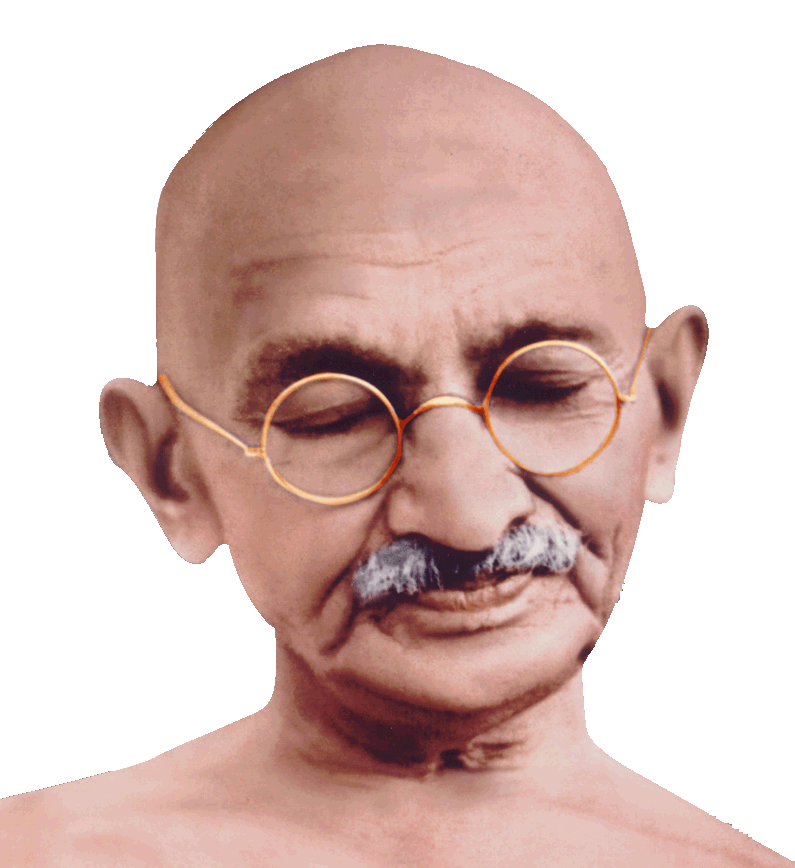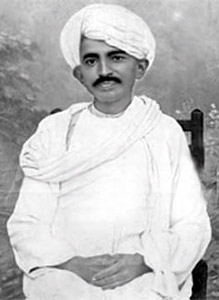
Mohandas Karamchand Gandhi was born in Porbander, a coastal town in present-day Gujarat, Western India, on October 2, 1869. His father, Karamchand Gandhi, who belonged to the Hindu Modh community, was the diwan (Prime Minister) of the eponymous Porbander state, a small princely state in the Kathiawar Agency of British India. His mother, Putlibai, who came from the Hindu Pranami Vaishnava community, was Karamchand's fourth wife, the first three wives having apparently died in childbirth. Growing up with a devout mother and the Jain traditions of the region, the young Mohandas absorbed early the influences that would play an important role in his adult life; these included compassion to sentient beings, vegetarianism, fasting for self-purification, and mutual tolerance between individuals of different creeds.
In May 1883, the 13-year old Mohandas was married to 14-year old Kasturbai Makhanji (her first name was usually shortened to "Kasturba," and affectionately to "Ba") in an arranged child marriage, as was the custom in the region. However, as was also the custom of the region, the adolescent bride was to spend much time at her parents' house, and away from her husband. In 1885, when Gandhi was 15, the couple's first child was born, but survived only a few days; earlier that year, Gandhi's father, Karamchand Gandhi, had passed away. Mohandas and Kasturbai were to have four more children, all sons: Harilal, born in 1888; Manilal, born in 1892; Ramdas, born in 1897; and Devdas, born in 1900. At both his middle school in Porbandar and high school in Rajkot, Gandhi remained an average student academically. He passed the matriculation exam for Samaldas College at Bhavnagar, Gujarat, with some difficulty, and while there, was unhappy, in part, because his family wanted him to become a barrister.


In 1930, following the success of earlier marches, 78 volunteers marched to Dandi sea beach demonstrating a model of satyagraha which was to be followed all over India by more than 5 million people. The aim was to break the law by taking natural salt deposits to manufacture and to sell salt in protest over the salt tax which enabled the sale and import of salt from
Later in life, Gandhi took up the cause of the ‘untouchables’ who he renamed ‘Harijan’ or children of God, embarking on a nine month tour to abolish untouchability 1933-4 and became involved in promoting education through basic crafts, moving away from political life in the mid 1930s to concentrate on more social issues. After a life time as the Mahatma (Great Soul) he was assassinated on his way to prayer on January 30th 1948.



No comments:
Post a Comment